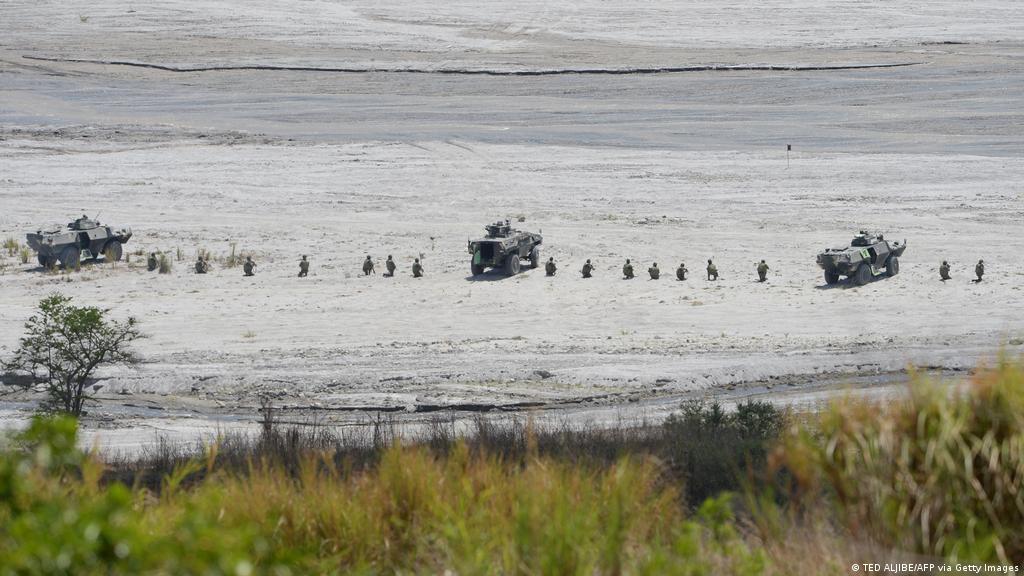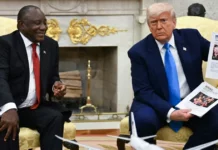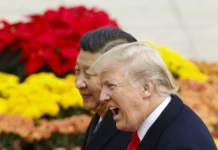WASHINGTON: US Secretary of Defense Lloyd Austin on Friday thanked Philippine Defense Secretary Delfin Lorenzana for “full restoration” of the Visiting Forces Agreement (VFA) on the deployment of US troops in the country.
This decision was announced during the last leg of Austin’s Southeast Asian trip to hold high-level discussions on security issues.
“Thank you, Defense Minister Delfin Lorenzana, for discussing a range of defense topics, including President Duterte’s decision to fully restore the Visiting Forces Agreement. Today underscored the vital nature of our treaty alliance with Philippines, our oldest treaty alliance in Asia,” Austin tweeted.
Philippine’s Lorenzana informed that country’s president Rodrigo Duterte conveyed their decision to Secretary Austin after their meeting on Thursday night at the presidential palace in Manila.
“Last night, the president decided to recall or retract the termination letter for the VFA. So, the VFA is in full force again. There is no termination letter pending,” Lorenzana said in a joint presser with Austin. He also added that Manila and Washington are “back on track.”
In February 2020, Manila notified Washington of the termination of the military agreement VFA. However, in June and November same year, the Philippines suspended the entry of the decision into force for the period of six months.
The 1998 deal provides legal permission for US troops who rotate into the Philippines for military and humanitarian assistance exercises each year. Earlier, Duterte had indicated that he favored ties with China and Russia over ties with the US, The Voice of America (VOA) reported. His spokesperson had said the reason for terminating the VFA was to allow the Philippines military to be more independent.
Experts believe that access to the Philippines puts Washington in a position to quickly respond to threats from Beijing in the South China Sea. It also bolsters US counterterror and intelligence gathering in the region, they said.
Meanwhile, China has been increasing its maritime activities in both the South China Sea and the East China Sea over the past few months, partly in response to Beijing’s concerns over the increasing US military presence in the region because of escalating Sino-US tensions. (ANI)








